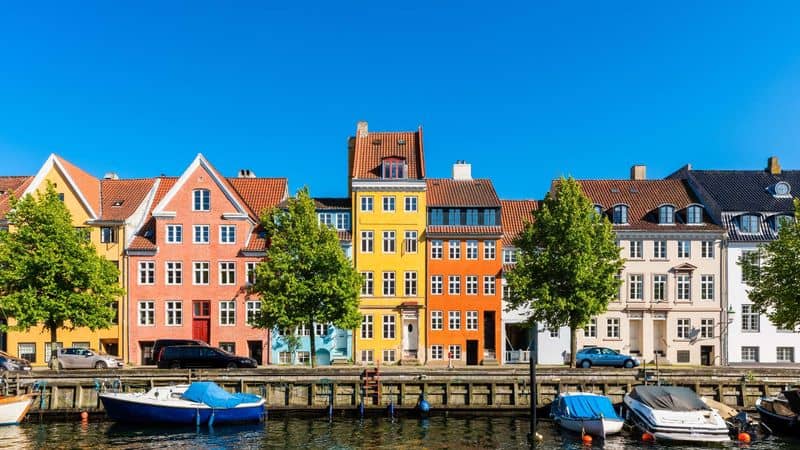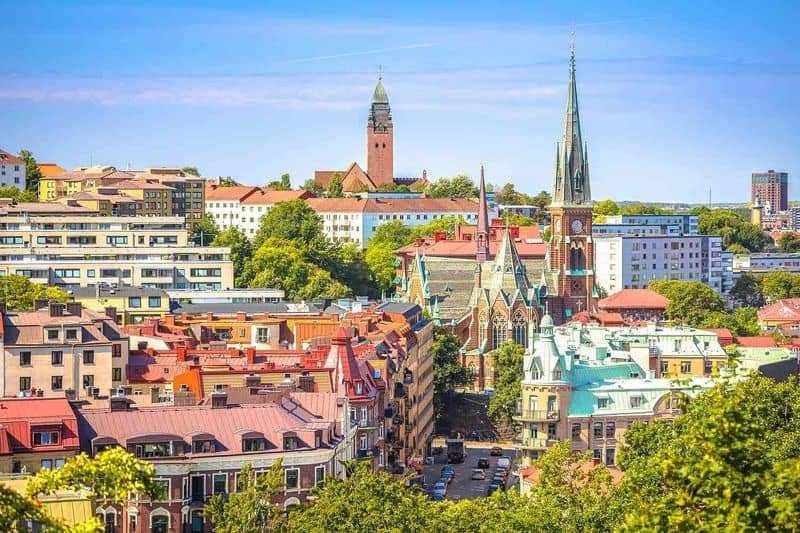In today’s global landscape, homeownership varies significantly across countries due to economic, cultural, and policy-driven factors.
Understanding these differences provides insights into how nations support or challenge potential homeowners.
This article delves into the 10 countries with the lowest homeownership rates, exploring the reasons behind these statistics and their implications.
10. Germany

Germany is known for its low homeownership rate, with just about 50% of its residents owning homes. This trend is partly due to the strong rental market, where renting is often seen as preferable.
Many Germans enjoy the flexibility that renting offers, allowing them to relocate for career opportunities without the burden of selling property.
Plus, the high cost of real estate in urban centers makes buying a home less attainable. Government policies also encourage renting, providing stability and protection for tenants.
These factors combine to create a culture where renting is more common than homeownership.
9. Switzerland

Switzerland’s homeownership rate is among the lowest in Europe, with less than 40% of Swiss people owning homes.
Cultural attitudes towards renting as a lifelong choice contribute to this statistic. In Switzerland, renting is not just a temporary phase, but a long-term lifestyle choice.
The Swiss housing market is also characterized by high property prices and stringent regulations, making it challenging for many to buy.
Also, the Swiss banking system offers favorable conditions for renters, allowing them financial flexibility. Thus, renting becomes a practical and appealing option for many residents.
8. Hong Kong

In Hong Kong, the homeownership rate is low due to the exorbitant cost of real estate. The city’s limited land and high demand have driven property prices to astronomical levels.
This makes homeownership an elusive dream for many residents.
Consequently, a significant portion of the population lives in rented accommodation. The government has implemented various schemes to support buyers, yet the impact remains limited.
These conditions foster a rental culture where flexibility and affordability are prioritized over owning property.
The unique blend of economic and geographic factors shapes Hong Kong’s housing market.
7. Austria

Austria has a relatively low homeownership rate, largely due to its strong social housing sector. Approximately 55% of Austrians rent their homes, often through government-subsidized programs.
This system provides affordable housing options, reducing the urgency to buy property.
The Austrian government actively supports rental housing, offering stability and security to tenants. However, high property taxes and transaction costs further deter potential buyers.
As a result, renting is seen as a viable and attractive alternative to homeownership, especially in urban areas where housing demand is high.
6. Denmark

Denmark’s homeownership rate is lower compared to many other countries, with about 60% of Danes owning their homes.
The Danish housing market is characterized by high prices and stringent mortgage requirements. These factors make it challenging for many to enter the housing market.
Additionally, Denmark has a well-developed rental market with favorable conditions for tenants, such as strong rental rights and government subsidies.
These conditions make renting a practical choice for many, contributing to the country’s lower homeownership rate.
The Danish approach offers flexibility and financial security for renters.
5. Sweden

Sweden’s rental market is vibrant, leading to a homeownership rate of around 65%. High property prices in urban centers and a regulated rental market contribute to this trend.
Many Swedes opt to rent due to the flexibility and lower financial burden compared to buying.
The Swedish government provides strong tenant protections, making renting an attractive option for many.
Also, cultural attitudes towards renting as a viable long-term option influence the housing market. These factors collectively contribute to Sweden’s relatively low rate of homeownership.
4. Netherlands

The Netherlands has a homeownership rate of about 67%, influenced by high property prices and a strong rental market.
The Dutch housing system includes extensive social housing, offering affordable rental options to many.
This system is supported by government policies that incentivize renting over buying.
Cultural attitudes towards community living and renting contribute to the lower homeownership rate. High transaction costs and mortgage restrictions also play a role, making homeownership less accessible for some.
3. South Korea

In South Korea, the homeownership rate is around 57%. The country’s housing market is known for its high prices, particularly in Seoul and other major cities.
This makes buying a home a significant financial challenge.
Many South Koreans choose to rent due to the flexibility it offers, along with the ‘jeonse’ system, where large deposits are paid for long-term leases.
This unique rental arrangement provides an alternative to purchasing property, contributing to the lower homeownership rate in the country.
2. Japan

Japan’s homeownership rate is approximately 61%, with a strong preference for renting in urban areas. High property prices and a robust rental market contribute to this trend.
In cities like Tokyo, renting offers flexibility and convenience.
Also, cultural attitudes towards mobility and minimalism make renting appealing.
The Japanese government also supports renters with favorable policies, enhancing the attractiveness of renting over buying.
These factors create a housing environment where renting is often preferred, impacting the overall homeownership rate.
1. United Kingdom

The United Kingdom has a homeownership rate of around 65%. High property prices, especially in London, create barriers to owning a home.
The UK offers a well-developed rental market with various options, from social housing to private rentals.
Government policies and economic factors, including the cost of living and wage disparities, influence the housing market.
Renting provides flexibility and affordability, making it a common choice for many residents.
These elements contribute to the UK’s relatively low homeownership rate, reflecting broader trends in housing preferences.

